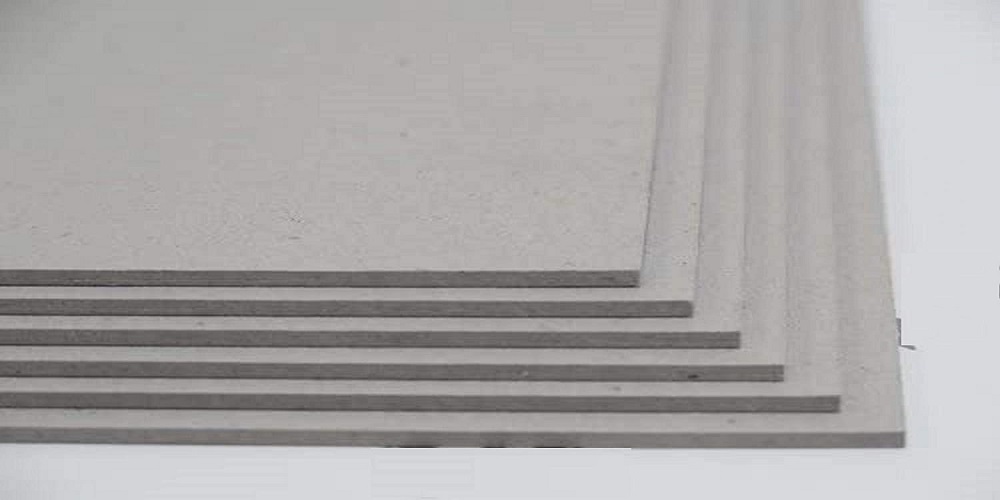Looking to use grey board for your upcoming project? This post is filled with helpful tips and methods to help you get the most of your grey board materials, whether you're a seasoned veteran or a beginner just getting started. We'll go through everything you need to know about using grey board successfully, from selecting the best type for your project to using it and finishing your finished product. Prepare your next masterpiece on a grey board by reading on!
Choosing The Right Grey Board
1. Consider the type of grey board you need
It's crucial to first think about the kind of grey board that will best suit your demands when selecting it for your project. Depending on what your project demands, you should carefully choose the type of grey board you choose because some are more suited for purposes than others. For instance, you might choose a thicker grey board material if you're dealing with a big, hefty object that needs extra support and stability. Alternately, thin grey board might be more appropriate if you're working on a smaller or lighter thing.
2. Think about the strength and rigidity of the grey board material
Another important factor to consider when choosing grey board is its strength and rigidity. Grey board is a rigid material that holds its shape well, but it can vary depending on the type you choose. For example, grey board that is dyed or coated with a laminate will typically be less rigid than solid grey board, while grey board that uses recycled materials may also be more flexible than standard grey board.
3. Consider the weight of your grey board projects
Finally, consider the overall weight of your finished object while selecting grey board for your project. Since grey board is such a light material, the size or weight of your project may affect how much of it you need to use to give it the stability and support it requires. With the proper planning and preparation, you can use grey board successfully on your next project because it is a terrific option for many various types of tasks.
Using The Grey Board
- Start by cutting your grey board to the appropriate size and shape for your project.
- Next, use an adhesive or other bonding agents to adhere grey board pieces together and create your desired shape or form.
- Once you have created the desired grey board structure, you can begin working on your project using paints, finishes, and other materials as needed. Just be sure to consider any dimensional changes that occur with grey board when planning out your design and making decisions about how to finish and decorate it.
- Finally, be sure to carefully consider any finishing touches you may want to add to your grey board project, such as embellishments, lettering, coatings, or other details. Depending on the type of grey board you are using, these finishing touches may require additional preparation or special considerations to ensure that they adhere and stay in place over time. With the right planning and preparation, however, grey board is a versatile material that can be used to create an endless variety of projects with great results!
Conclusion
Grey board is a versatile material that can be used to create all kinds, from decorations and home goods to art pieces and more. Whether you're just getting started with grey board or are looking for tips and tricks to help you work more effectively with this material, there are plenty of resources available to help you get the most out of grey board for your next project. With the right planning and preparation, you can achieve great results using grey board in any number of applications!


